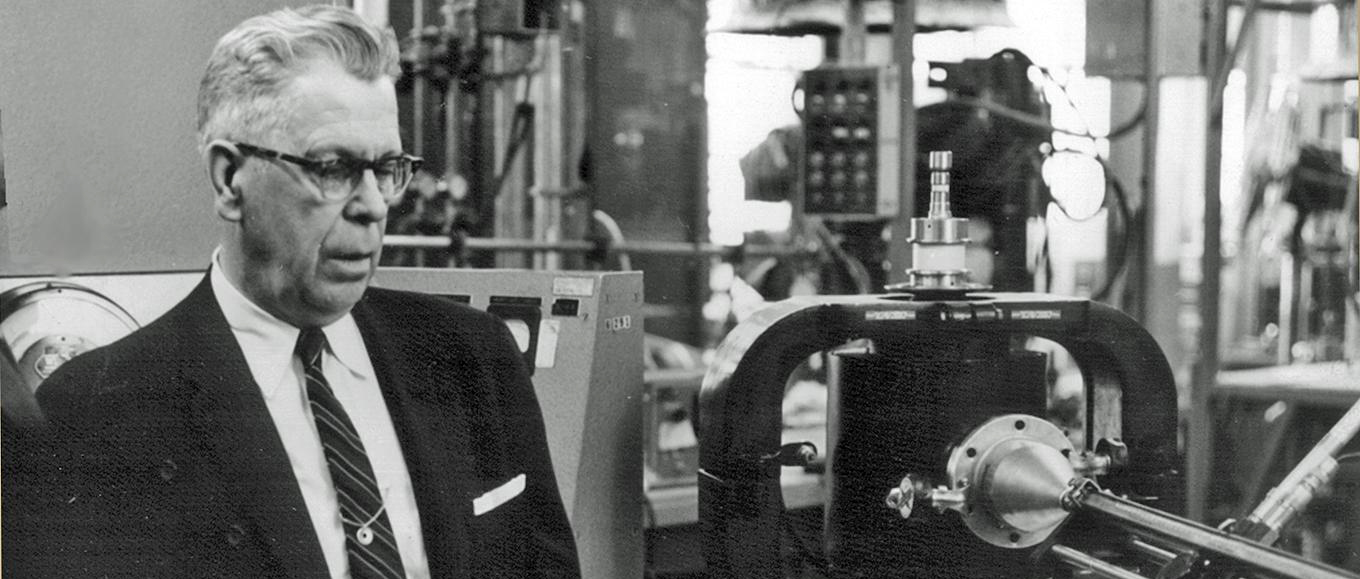Heating up a quick meal to satiate your stomach at the end of a long workday? You might find yourself needing the services of the microwave oven, a true staple of the modern kitchen that allows for the quick reheating of food without having to turn on a stove or an oven.

The first microwaves were made in 1945 after a self-taught engineer at Raytheon named Percy Spencer found that a chocolate bar in his pocket had melted while he was working on a military magnetron.
Decades later, you can bet that your modern chocolate bar will do the same; it’s why it’s in almost every modern kitchen and seemingly every convenience store chain around the world. And by this point, I’m sure you’ve wondered in some way how it all works; don’t worry, we’ve got you covered.

Microwave ovens work by using a technology called “microwave radiation” to cook food. Inside the oven is a magnetron that generates microwaves, a type of electromagnetic radiation with a frequency of about 2.45 gigahertz (GHz). A waveguide sends these microwaves into the oven chamber. This makes sure that the microwaves are spread out evenly in the oven, which is then helped by the automated turntable inside.
Microwaves are absorbed by the water, fats, and sugars in the food, causing them to heat up. This process is called dielectric heating, which is the heating of a material that has no electrical conductivity by the application of a high-frequency electric field. The polar water molecules (as well as other polar molecules) in the food rotate rapidly back and forth under the microwaves, creating heat within the food and cooking it from within.

Other materials placed inside the oven won’t take so kindly to the radiation trapped with it, though. For example, metals are made up of a lattice of atoms, and electrons move around on their surface like waves in a sea. It is this “sea of electrons” that gives metals their ability to conduct electricity. These electrons are attracted to and move with the rapidly changing electromagnetic field, which makes metals heat up like food. They, on the other hand, are much more conductive. They heat up quickly, which can cause the microwave to catch fire and make you run for the fire extinguisher. (This, of course, is the reason why you should never leave aluminum foil inside the microwave oven; the thin sheet of metal heats up rapidly inside the microwave oven, which will cause anything it touches to burn.)
Kinks and sharp points in metal will also cause electrons to “pool” in these areas—you’ll find these in the uneven surface of crumpled aluminum foil and the tines of forks. Once it reaches a point where there is too much negative charge buildup, the electrons may “jump” from one sharp point in the metal to another, creating an electrical arc through the air inside and ionizing it into a plasma. This is what causes the pretty lights and the not-so-pretty fires that you may see when you accidentally leave cutlery inside the microwave.
In short, microwave ovens are almost entirely made possible by radar technology that was made during wartime. However, we somehow managed to take military-grade technology and convert it into something that we can use to heat up a pizza pocket when we feel hungry at unreasonable hours of the morning. It’s funny how technology works.
References
- Blitz, M. (2022, October 20). The Amazing True Story of How the Microwave Was Invented by Accident. Popular Mechanics. https://www.popularmechanics.com/technology/gadgets/a19567/how-the-microwave-was-invented-by-accident/
- Christensen, E. (2019, June 4). Why can’t you put metal in the microwave? Kitchn. https://www.thekitchn.com/why-cant-you-put-metal-in-the-109845
- Mann, A. (2014, May 20). What’s up with that: Metal in the microwave explodes—or does it? Wired. https://www.wired.com/2014/05/wuwt-microwave-metal/
- Percy spencer, inventor of microwave oven, born. (n.d.). Mass Moments. Retrieved 18 January 2023, from https://www.massmoments.org/moment-details/percy-spencer-inventor-of-microwave-oven-born.html
- Woodford, C. (2006, May 24). Microwave ovens. Explain That Stuff. http://www.explainthatstuff.com/microwaveovens.html











